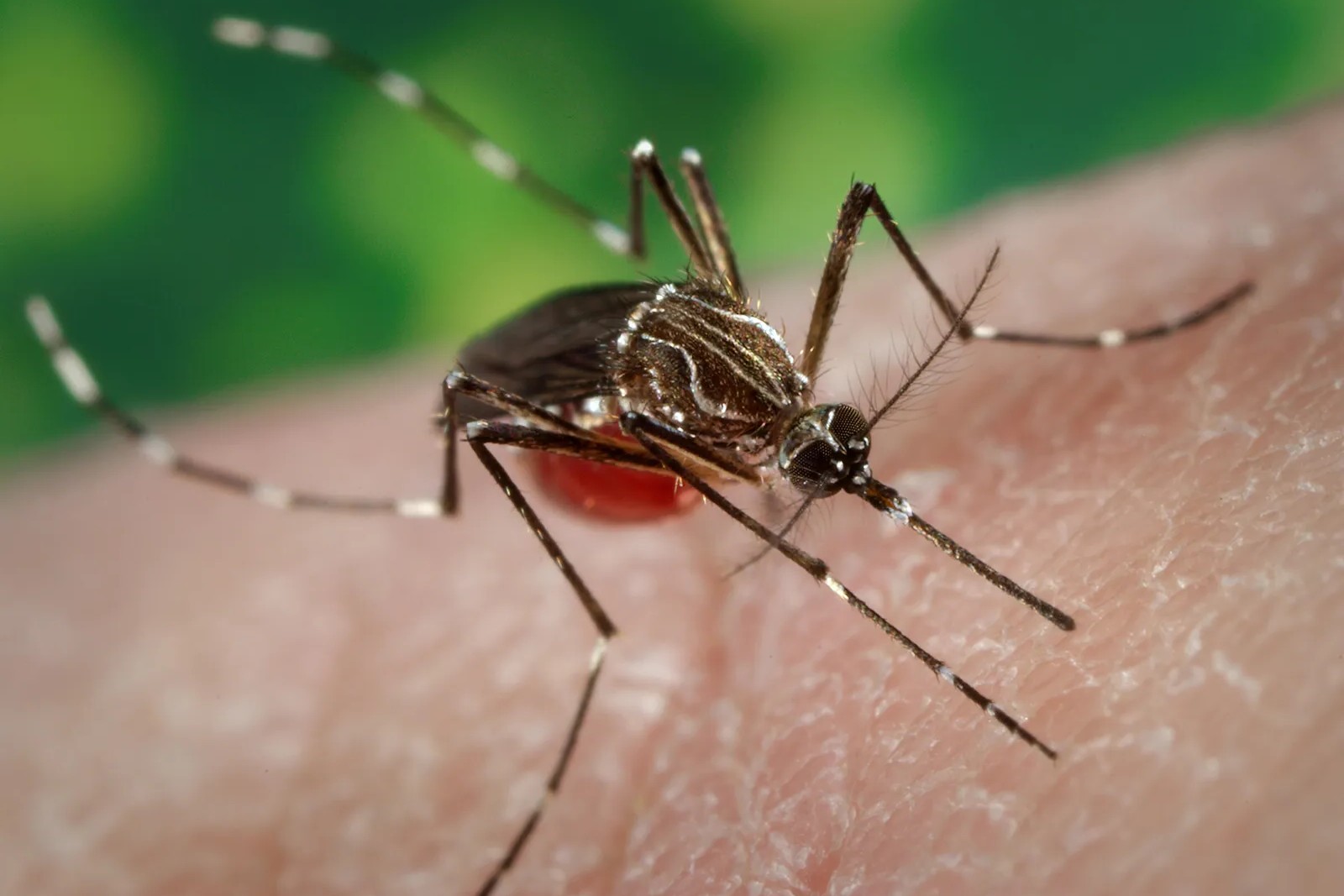
Chikungunya virus is a mosquito-borne illness causing fever and severe joint pain. Originating in Africa, it has spread to Asia, Europe, and the Americas. Symptoms often include headache, muscle pain, joint swelling, and rash. While rarely fatal, it can be debilitating. Transmission occurs through bites from infected Aedes mosquitoes, which are active during the day. There's no specific treatment, but rest, fluids, and pain relievers help manage symptoms. Prevention focuses on avoiding mosquito bites and eliminating breeding sites. Understanding the virus's impact and spread is crucial for public health. Stay informed to protect yourself and your community.
What is Chikungunya Virus?
Chikungunya virus is a mosquito-borne virus that causes fever and severe joint pain. It was first identified during an outbreak in Tanzania in 1952. Here are some intriguing facts about this virus.
-
The name "Chikungunya" comes from the Makonde language, meaning "to become contorted," referring to the stooped posture of sufferers due to joint pain.
-
Chikungunya is primarily transmitted by Aedes mosquitoes, particularly Aedes aegypti and Aedes albopictus.
-
Symptoms usually appear 4-8 days after a mosquito bite, but the incubation period can range from 2-12 days.
Symptoms and Diagnosis
Understanding the symptoms and how Chikungunya is diagnosed can help in early detection and treatment.
-
Common symptoms include sudden onset of fever, joint pain, muscle pain, headache, nausea, fatigue, and rash.
-
Joint pain can be debilitating and often lasts for weeks or months, sometimes even years.
-
Diagnosis is typically confirmed through blood tests that detect viral RNA or antibodies.
Geographic Spread
Chikungunya has spread to various parts of the world, affecting millions of people.
-
Initially confined to Africa and Asia, Chikungunya has now spread to Europe and the Americas.
-
In 2007, the first European outbreak occurred in Italy, affecting over 200 people.
-
The virus reached the Caribbean in 2013, leading to widespread outbreaks across the Americas.
Prevention and Control
Preventing Chikungunya involves controlling mosquito populations and avoiding bites.
-
Using insect repellent and wearing long sleeves and pants can reduce the risk of mosquito bites.
-
Eliminating standing water where mosquitoes breed is crucial for controlling their population.
-
Mosquito nets and screens can provide additional protection, especially in areas with high mosquito activity.
Treatment and Recovery
While there is no specific antiviral treatment for Chikungunya, supportive care can alleviate symptoms.
-
Pain relievers and anti-inflammatory drugs can help manage joint pain and fever.
-
Staying hydrated and getting plenty of rest are essential for recovery.
-
Physical therapy may be recommended for those with prolonged joint pain.
Impact on Public Health
Chikungunya outbreaks can strain healthcare systems and have significant economic impacts.
-
Large outbreaks can overwhelm healthcare facilities, leading to shortages of medical supplies and personnel.
-
The economic burden includes healthcare costs, lost productivity, and the impact on tourism.
-
Public health campaigns are essential for educating communities about prevention and control measures.
Research and Vaccine Development
Ongoing research aims to develop effective vaccines and treatments for Chikungunya.
-
Several vaccine candidates are currently in various stages of clinical trials.
-
Researchers are also exploring antiviral drugs that could potentially treat Chikungunya infections.
-
Understanding the genetic diversity of the virus can help in developing more effective vaccines.
Historical Outbreaks
Historical outbreaks provide insights into the virus's behavior and spread.
-
The 2005-2006 outbreak in the Indian Ocean islands affected over 1.3 million people.
-
In 2014, a major outbreak in the Caribbean led to over 1 million suspected cases.
-
The 2016 outbreak in India saw over 64,000 reported cases, highlighting the virus's impact on densely populated areas.
Interesting Facts
Here are some lesser-known facts about Chikungunya that might surprise you.
-
Chikungunya virus can be transmitted from mother to child during childbirth, although this is rare.
-
Unlike some other mosquito-borne diseases, Chikungunya does not have an animal reservoir; humans are the primary hosts.
-
The virus can mutate, potentially increasing its ability to spread and cause outbreaks.
Global Efforts and Future Challenges
Global collaboration is essential for combating Chikungunya and preventing future outbreaks.
-
Organizations like the World Health Organization (WHO) and the Centers for Disease Control and Prevention (CDC) play crucial roles in monitoring and responding to outbreaks.
-
Climate change and urbanization are expected to increase the range and frequency of Chikungunya outbreaks.
-
Continued research, public health initiatives, and international cooperation are vital for controlling Chikungunya and protecting global health.
Final Thoughts on Chikungunya Virus
Chikungunya virus, a mosquito-borne illness, has been a significant health concern in many parts of the world. Understanding its symptoms, transmission, and prevention is crucial for reducing its impact. The virus causes fever, joint pain, and other flu-like symptoms, which can be debilitating. Prevention focuses on avoiding mosquito bites through repellents, protective clothing, and eliminating standing water where mosquitoes breed.
Researchers are working on vaccines, but none are widely available yet. Public health efforts and personal precautions remain the best defense. Awareness and education about Chikungunya can help communities better prepare and respond to outbreaks. Stay informed, take preventive measures, and consult healthcare professionals if you suspect an infection. By staying vigilant, we can reduce the spread and impact of Chikungunya, protecting ourselves and our communities.
Was this page helpful?
Our commitment to delivering trustworthy and engaging content is at the heart of what we do. Each fact on our site is contributed by real users like you, bringing a wealth of diverse insights and information. To ensure the highest standards of accuracy and reliability, our dedicated editors meticulously review each submission. This process guarantees that the facts we share are not only fascinating but also credible. Trust in our commitment to quality and authenticity as you explore and learn with us.
